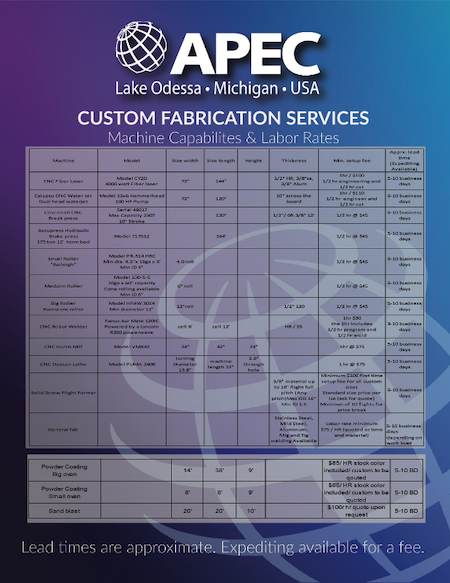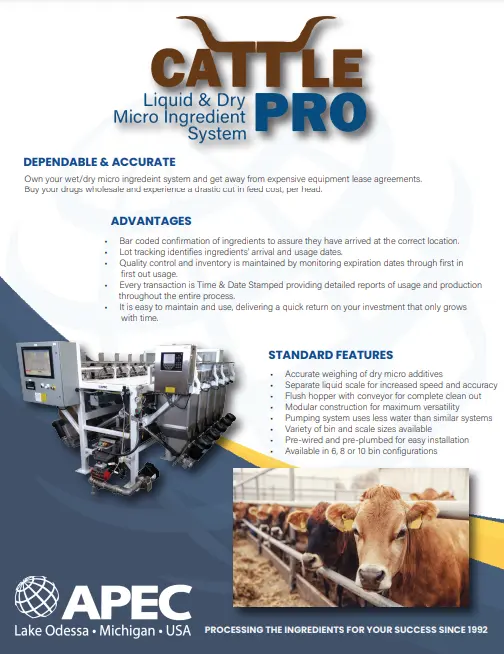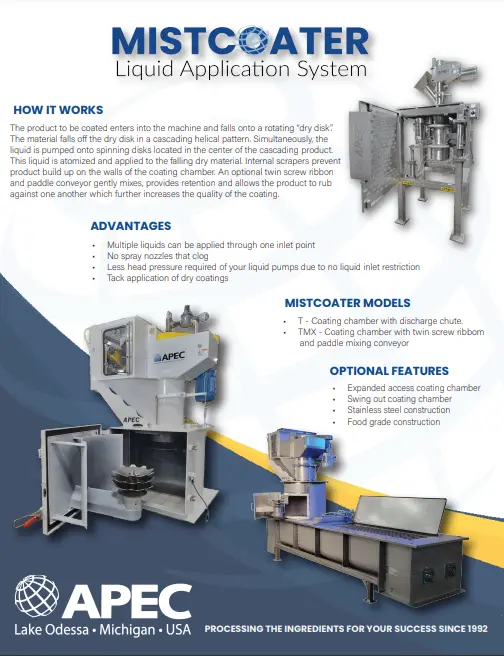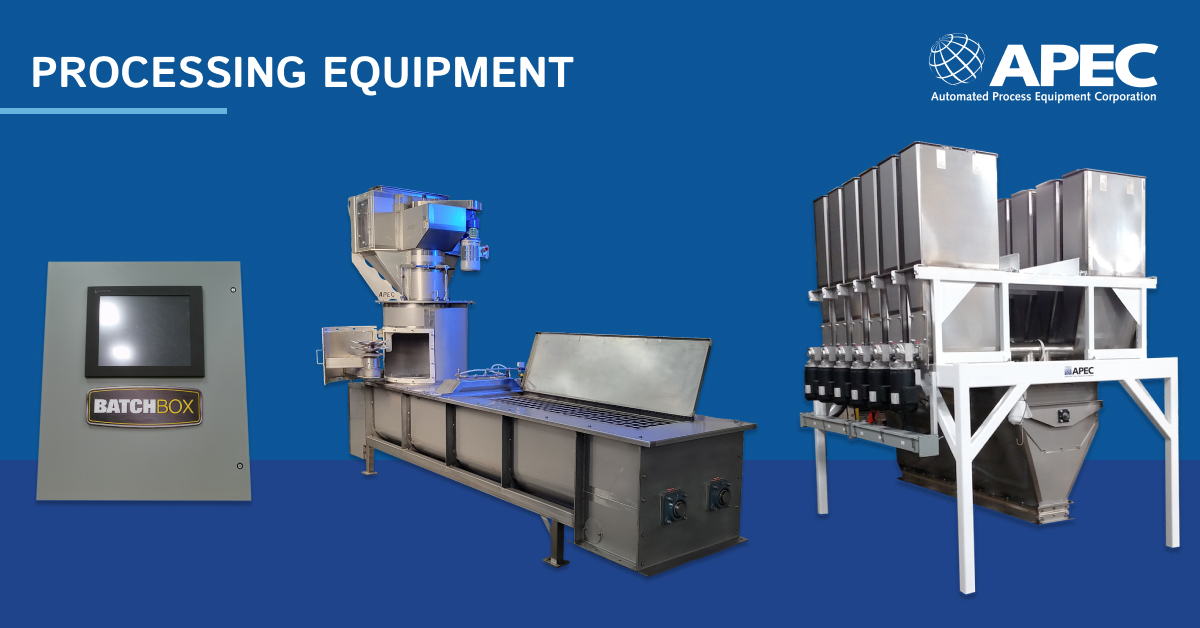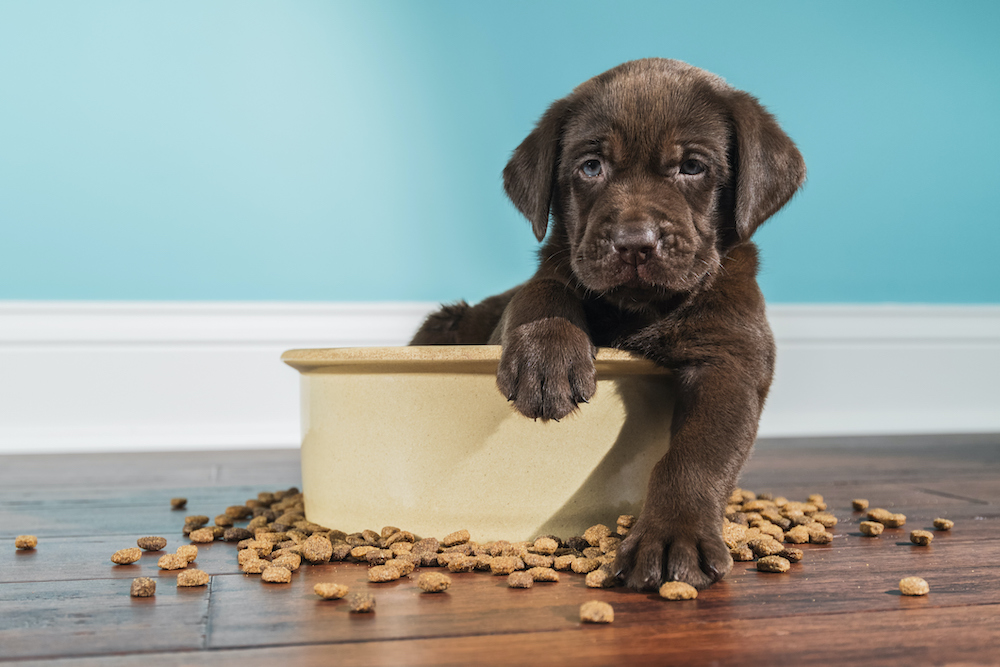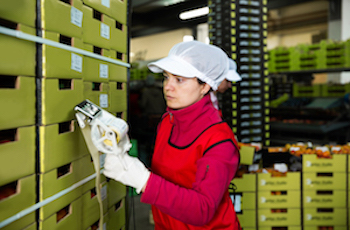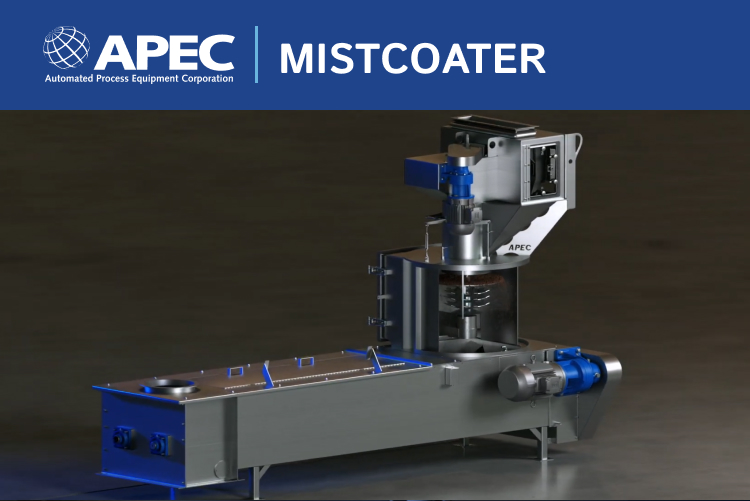
Wondering whether to repair or replace your legacy Mistcoater? This guide is for plant managers and project engineers who need reliable, cost-efficient coating equipment. You’ll learn the key signs it’s time to upgrade, how new Mistcoaters perform over legacy models and how companies can achieve ROI through better reliability, lower maintenance and more consistent product quality.
The Evolution of the Mistcoater
Since the 1990s, Mistcoaters have played a critical role in food and feed production by applying liquids evenly to dry ingredients for consistent nutrition, palatability and product quality. From the start, the spinning disk design offered a clear advantage over nozzle-based liquid coating systems, which tend to clog, wear out and waste material. By contrast, Mistcoaters apply multiple liquids efficiently in a continuous process, delivering a cleaner, more reliable and more flexible solution.
Over time, APEC has refined the Mistcoater design to make it easier to maintain, more consistent in performance and more durable in demanding environments. The latest version, introduced in 2022, features a new square coating chamber door with a clamp system for quicker access, improved gasket seals, and cleaner conveyor operation, all of which reduce downtime and simplify preventative maintenance.
Through each evolution, Mistcoaters have proven themselves to be solid, long-lasting machines. That leaves many processors with a familiar question: should you continue to repair and maintain your current unit, or is it time to replace it with a new model?
When Mistcoater Repair Makes Sense
Not every issue means it’s time for a new Mistcoater. In many cases, repair is the best, most cost-effective move. You should consider keeping your legacy Mistcoater if:
- The unit’s housing and core components are intact
- Problems are mainly limited to consumable parts like gaskets, bearings, shafts or liquid disks
- A scheduled repair can keep the system running reliably
Preventative maintenance and replacing wear parts once or twice a year should be expected. In this situation, it’s likely more cost-effective to hang on to your existing Mistcoater.
Signs It’s Time for a Mistcoater Replacement
While Mistcoaters are durable (many 1990s models are still in service today), most customers see the best results by replacing them after about 15 years of consistent use. A combination of age and the following factors may indicate that it’s time to upgrade:
- Product leaking from worn housings
- Frequent, unplanned breakdowns during production
- Noticeable drop in coating quality despite regular maintenance
- Difficulty sourcing parts for older models
If any of these red flags sound familiar, continuing to repair an old Mistcoater may cost more in the long run than moving to a new unit.
ROI of a Mistcoater Upgrade
Companies that upgrade their Mistcoaters achieve savings in multiple areas, helping them easily achieve ROI:
- Maintenance costs: New Mistcoaters only require preventative maintenance and occasional replacement parts, such as gaskets, bearings, liquid disks and shafts. Older units often demand unexpected repairs and additional labor beyond routine upkeep.
- Downtime: With new equipment, downtime can be scheduled during planned mill shutdowns, rather than disruptive, unexpected breakdowns that halt production and rack up labor and spare parts costs.
- Waste reduction: Improved seals and cleanouts help minimize material loss, keeping the process efficient.
- Product consistency: Better coating quality reduces variation, rework and customer complaints.
While ROI varies by facility, many companies find that the hidden costs of maintaining legacy equipment make replacement the smarter financial choice.
Case Study: Prestage Farms Maintains Excellence With Upgraded Mistcoater
For Prestage Farms, the decision to replace their 1995 Mistcoater wasn’t about chasing flashy new technology; it was about reliability. After nearly 30 years of service, their old units showed normal wear and tear. By upgrading to the new design, they gained:
- Less unplanned downtime thanks to sturdier equipment
- Standardized preventative maintenance schedules instead of constant reactive fixes
- More consistent feed coating quality due to improvements in the coating chamber and disk assembly placement
Is It Time to Replace Your Mistcoater?
If your equipment is more than 15 years old, showing signs of wear or becoming a maintenance burden, now is the time to consider a Mistcoater replacement. A new model can reduce downtime, simplify maintenance and improve product quality, delivering ROI through lower costs and higher efficiency. Ready to see how quickly a new Mistcoater can pay for itself? Request a quote today!


